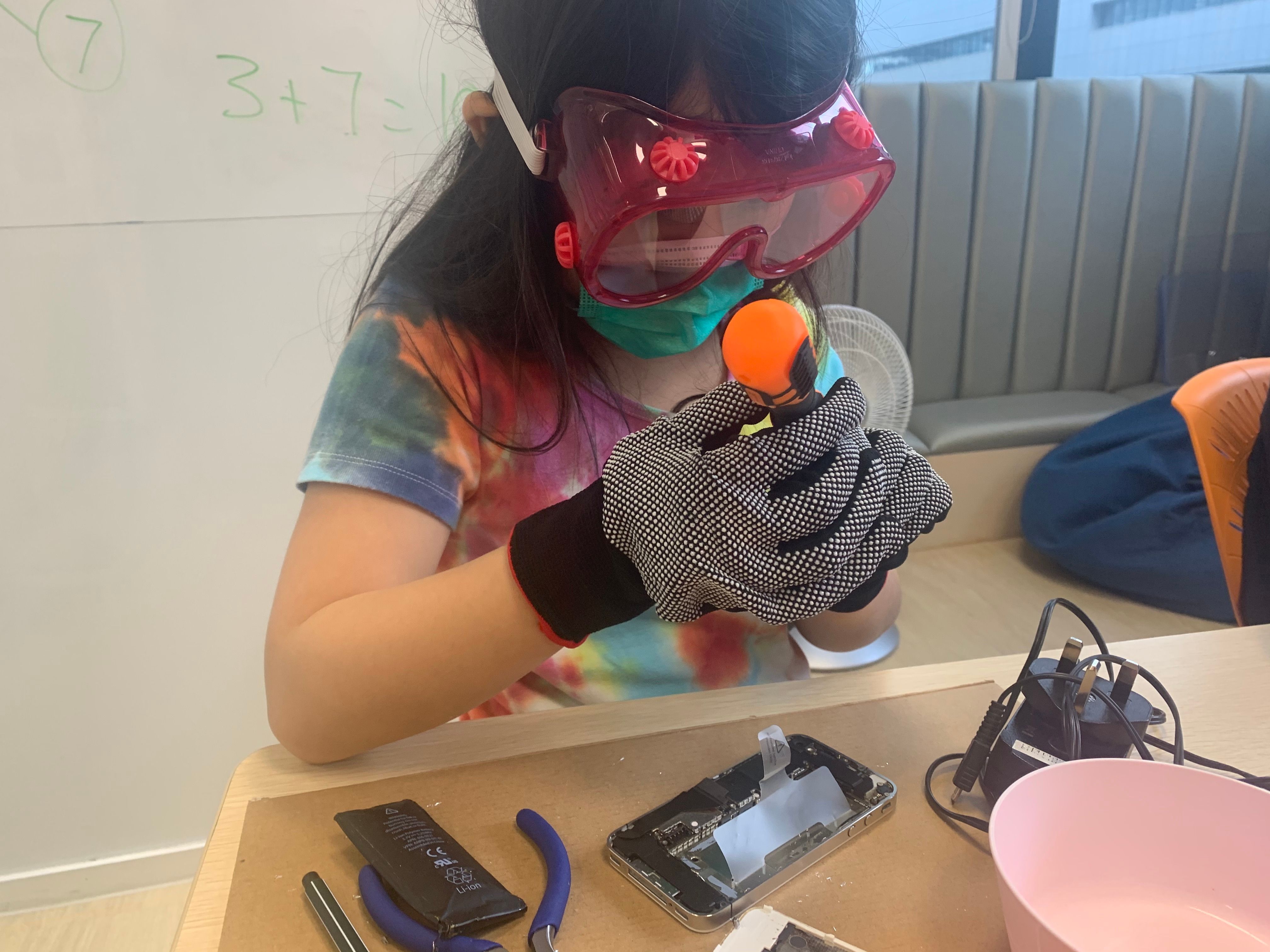What students learn by taking apart toys
What students learn by taking apart toys
At Bloom Academy, our thematic arcs of project-based learning units follow our unique Explore - Create - Share Design Cycle, or ECS for short. Our ECS units are taught through a combination of conceptual and experiential learning, meeting learners’ where they are developmentally, but challenging them to flourish. The delivery of content and knowledge is done through explorations and hands-on experiences. Students have numerous opportunities to ask questions, research answers, carry out experiments, observe, make predictions and connections, and draw conclusions. Their learning is observable, tangible, and relevant to their everyday life because we all learn best through context, stories, and doing.

We learn by doing. Designing and building are the best ways to do just that. The very first project our learners undertake is to build a prototype of a house that allows in plenty of light and fresh air. We follow the steps of our unique ECS Design Cycle in order to discuss the importance of having natural light and fresh air in a home and to build empathy with the user’s needs.
Once the problem is defined, students move into the “Create” arc of the ECS Design Cycle. They learn how designers use drawings and sketches to plan their structures before building them. They draw and label their first designs, and then discuss their sketches with classmates and teachers to get feedback on whether they are meeting the structural criteria or not. When they start building their houses, they will realize they are facing unexpected challenges that require them to alter their original designs in order to come up with solutions. They have to keep in mind that their prototypes should align with their original sketched designs, but they also discover how designers change their designs many times and may end up with a design very different from their first sketch.
Another project that our students engage in is the parts and systems project. Students take apart old toys and devices to understand how different parts work together to form a system. They use different sizes of screwdrivers and pliers, and follow Tom Sachs’ art of knolling by disassembling the devices and arranging the parts at 90-degree angles. After designing their art pieces and recording them, they put on their creative hats to create their own structures made with the disassembled pieces. The goal is to create their own system with at least one moving piece. Through this hands-on activity, students demonstrate not only their understanding of how different components of existing systems interact, but also their creativity in designing their own products with functioning systems.
Through the many iterations of the ECS Design Cycle, our learners experience the design process and the cycle of assessing and critiquing, and of course modifying. Throughout the process, they experience persistence, joy, and pride in their work. They also of course learn so much along the way!
More Faculty Insights
